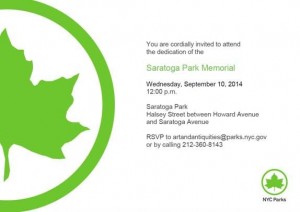CPL. JAMES D. IRWIN (A BEDSTUY HERO)
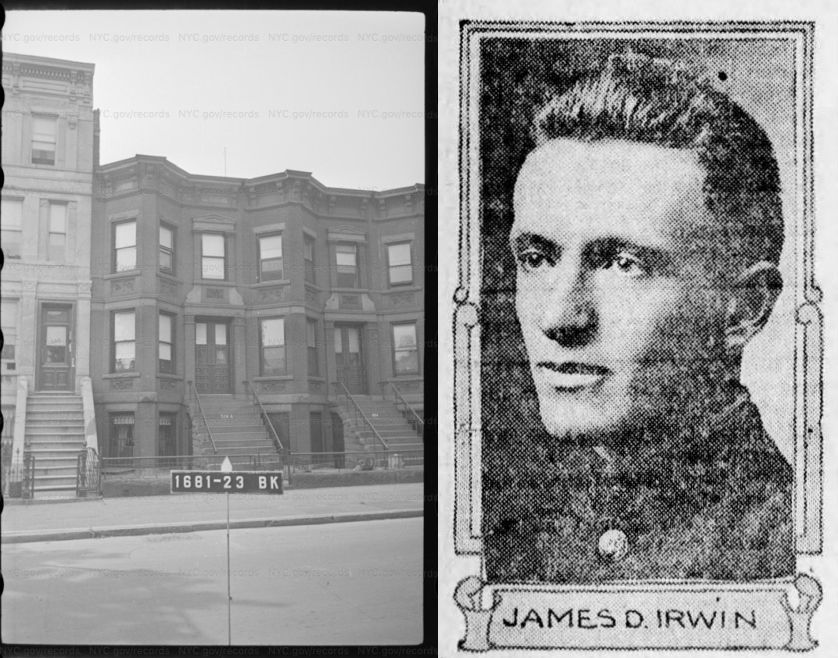
Brownstone Detectives investigates the history of our clients’ homes.
The story you are about to read was composed from research conducted in the course of one of those investigations.
Do you know the history of YOUR house?
********************************************************************************************************************************

In 2014, The Brownstone Detectives partnered with the New York City Parks Department to help celebrate the lives of the servicemembers of Bedford-Stuyvesant Heights who made the ultimate sacrifice during the Great War.
We researched these heroes to locate pictures, stories, and their descendants to be brought together for a ceremony that dedicated a new “Victory and Peace” war memorial at Saratoga Park.
This biography tells the story of one of those servicemembers.
CORPORAL JAMES D. IRWIN
Before joining the U.S. Army and heading out to fight in the Great War, a 20-year-old James D. Irwin sat down with his sweetheart, Elsie, to discuss their future. Although the two felt somewhat apprehensive, considering James’ impending commitment, it didn’t take long for the young couple to decide to formalize their relationship.
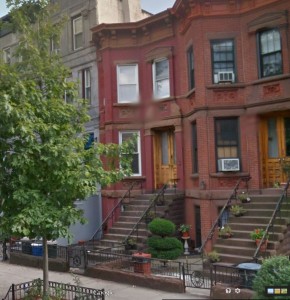
Going off to war has a way of inspiring people to make these sorts of decisions – and it was happening with many other couples – all across the borough.
Irwin, a resident of Stuyvesant Heights, lived at 324A Decatur Street with his mother, two sisters, and a brother.
Soon after news of the U.S. entrance in the Great War was announced, Irwin decided he did not want to wait for a draft. He went straight down to the local Army recruiting center and signed right up.
Then, before heading off to training, he had a long discussion with his wife and then sent her off to Jersey City to live with her family – until he returned from the war.
ENLISTMENT
After Irwin’s enlistment in the 23d New York Infantry Regiment, the Army shipped him to Camp Wadsworth in Spartanburg, SC. There his regiment unit became the nucleus of the 106th New York Infantry.
In May of 1918, training completed, Irwin sailed with his unit for France aboard the President Lincoln.
THE WAR
The 106th was initially placed in the East Poperinghe Line with the rest of the 27th Division.
Later, on 25 July, the 27th was slowly rotated into the front line in relief of the British 6th Division. Approximately a month later, operations of the Ypres-Lys Offensive began in an attempt to remove the Germans from the Dickebusch/Scherpenberg area. Irwin’s 106th participated in the reconnaissance that opened the offensive. A few days later, the Germans withdrew from the area, marking the successful completion of the Ypres-Lys Offensive.
Then came the attack on the Hindenberg Line.
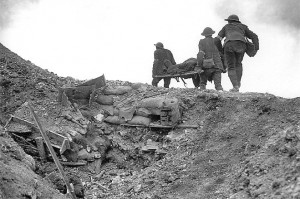 Beginning on 24 September the 106th participated with the rest of the 27th Division in a successful attempt to break the German’s Hindenburg defensive line. But there was heavy fighting in the early days against the well dug-in and well-armed Germans.
Beginning on 24 September the 106th participated with the rest of the 27th Division in a successful attempt to break the German’s Hindenburg defensive line. But there was heavy fighting in the early days against the well dug-in and well-armed Germans.
It was early in this offensive, that James D. Irwin was killed, in action on 25 September. News of his death came to his mother from the corporal’s cousin, Pvt. James C. Irwin, of Corona, who “while acting as a stretcher bearer came across the body of his relative.”
It was quite a coincidence and it must have struck his cousin hard to stumble upon his relative’s body in such a way. It was likely tougher, though, to write the letter to his cousin’s mother, Agnes, to tell her the bad news.

What must have made matters worse, though, was a dispatch which arrived at 324A Decatur Street later on 7 December. It announced simply that Irwin “had been severely wounded.” Not mentioning anything about Irwin’s death, the dispatch gave the Irwin family hope.
The following week, though, the Army confirmed Irwin’s death.
Then, two weeks later, another irony brought further bad news to the Irwin family – a far more lethal attack would confront Irwin’s cousin. The great scourge of the war, the influenza epidemic of 1918, would confront the young stretcher bearer and snuff out his life.
And so in the end, both of the Irwin boys would die within a few short weeks of one another.

CIVILIAN LIFE BEFORE THE WAR
Before he enlisted, Irwin was employed by the Willcox, Peck, Brown & Crosby Insurance Company, Corp., located at 3 South William Street on Manhattan.
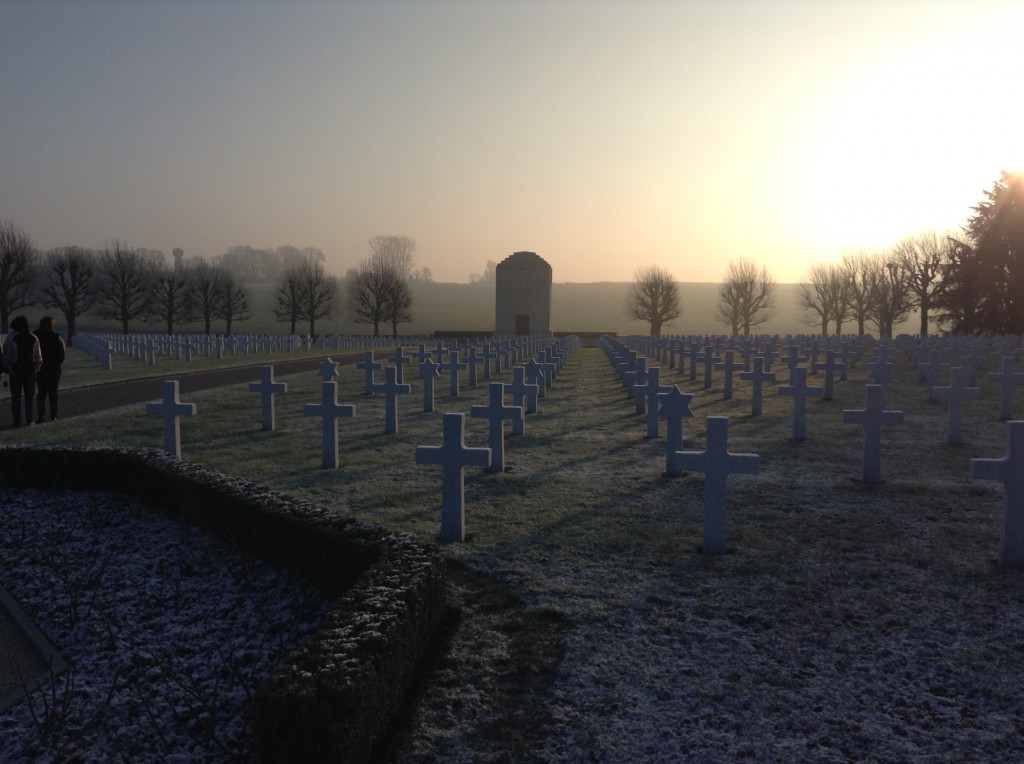
Ironically, while Irwin was still working for them in 1917, their ads were announcing the coming “war risk,” advertising the availability of “explosion insurance.” A year later Irwin’s transport, the Abraham Lincoln, would be torpedoed on its return trip to the U.S.
Irwin was a native of Brooklyn, graduating from P.S. 35 and, afterwards, attending Boys’ High School.
His grandfather, John Martin, was a veteran of the Civil War.
Surviving him was his wife, Elsie, to whom he was married just before his departure for “over there,” his mother, Agnes, two sisters, and a brother.
Corporal Irwin is buried in the Somme American Cemetery in Bony, France.
———————————————————————————————————————–
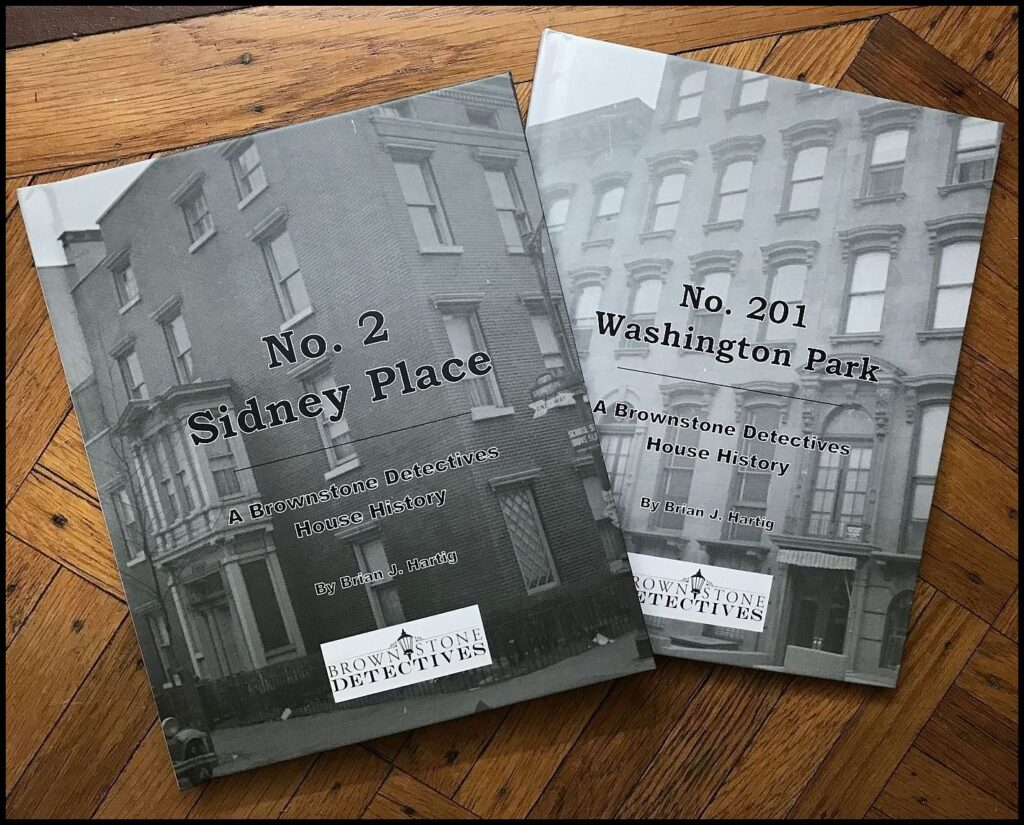 Brownstone Detectives is an historic property research agency. Our mission is to document and save the histories of our clients’ homes. From our research, we produce our celebrated House History Books and House History Reports. Contact us today to begin discovering the history of your home.
Brownstone Detectives is an historic property research agency. Our mission is to document and save the histories of our clients’ homes. From our research, we produce our celebrated House History Books and House History Reports. Contact us today to begin discovering the history of your home.
